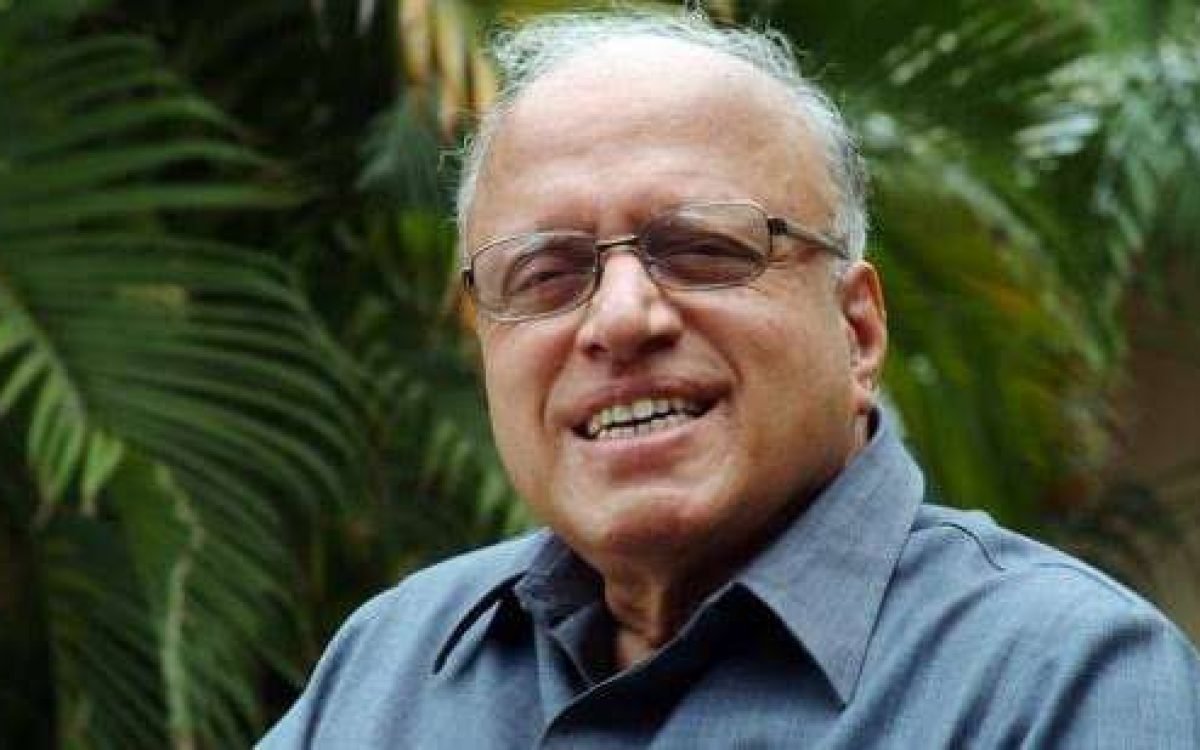With the recent conferment of India’s highest civilian award, the Bharat Ratna, upon M.S. Swaminathan, the father of the Green Revolution, his profound contributions to agriculture and environmental conservation are rightfully celebrated. However, amidst the accolades, it’s crucial to spotlight the unique backdrop of Kuttanad, which served as the stage for many of Swaminathan’s pioneering initiatives.
A Bond with Kuttanad:
Born into a family rooted in Mankombu, Kuttanad, Swaminathan’s affinity for the region was deep-seated. His fascination with the unconventional farming practices in Kuttanad, where paddy is cultivated below sea level, fueled his determination to safeguard its ecosystem. This concern led the M.S. Swaminathan Research Foundation (MSSRF) to undertake a comprehensive study in 2007, titled ‘Measures to Mitigate Agrarian Distress in Alappuzha and Kuttanad Wetland Ecosystem.’
The Kuttanad Package:
Drawing from the study’s findings, Swaminathan advocated for the implementation of measures to alleviate agrarian challenges in Kuttanad. The government responded with the announcement of the ₹1,840 crore Kuttanad Package. However, despite the initial impetus, a significant portion of Swaminathan’s visionary recommendations remains unrealized due to inadequate implementation and governmental oversight.
Unfulfilled Recommendations:
Regrettably, nearly two decades later, only a fraction of Swaminathan’s proposals have seen the light of day. While efforts have been made, challenges persist in translating his vision into tangible action. Among his suggestions were the declaration of Kuttanad as a special agriculture zone, the introduction of short-duration rice varieties, and the imperative need to protect and restore the region’s water spread area.
Continuing the Legacy:
Despite the setbacks, optimism prevails as the second phase of the Kuttanad Package enters the implementation phase. Stakeholders remain hopeful that the remaining recommendations will be earnestly pursued, safeguarding Kuttanad’s wetland ecosystem and sustaining its unique agricultural practices.
A Global Visionary:
Swaminathan’s impact transcended geographical boundaries. His establishment of rice institutes worldwide, coupled with his relentless pursuit of a hunger-free world, earned him recognition as a global citizen. His pioneering efforts in ushering the Green Revolution not only ensured India’s food security but also elevated the nation onto the global stage of agricultural innovation.
A Timely Recognition:
The conferment of the Bharat Ratna upon Swaminathan serves as a testament to his enduring legacy and monumental contributions to Indian agriculture. While long overdue, the honor symbolizes the nation’s gratitude towards a visionary whose efforts transformed the agrarian landscape and empowered millions.
Beyond Kuttanad:
Swaminathan’s commitment to environmental stewardship extended beyond Kuttanad. His endeavors in Kerala, including the report on agrarian distress mitigation in Idukki District and the establishment of the Community Agrobiodiversity Centre in Wayanad, underscored his holistic approach towards sustainable development.
A Debt of Gratitude:
As K.G. Padmakumar aptly articulates, Swaminathan’s impact resonates deeply in India’s journey towards food self-sufficiency. The Green Revolution, spearheaded by his visionary leadership, propelled the nation from a state of food scarcity to one of self-reliance. India’s attainment of total independence in the realm of food production stands as a testament to Swaminathan’s enduring legacy and indelible mark on the nation’s history.
In commemorating M.S. Swaminathan’s illustrious legacy, it is imperative not only to honor his past achievements but also to uphold his vision for a sustainable and prosperous future for agriculture in India and beyond.
Honoring the Legacy of M.S. Swaminathan:
With the recent conferment of India’s highest civilian award, the Bharat Ratna, upon M.S. Swaminathan, the father of the Green Revolution, his profound contributions to agriculture and environmental conservation are rightfully celebrated. However, amidst the accolades, it’s crucial to spotlight the unique backdrop of Kuttanad, which served as the stage for many of Swaminathan’s pioneering initiatives.
A Bond with Kuttanad:
Born into a family rooted in Mankombu, Kuttanad, Swaminathan’s affinity for the region was deep-seated. His fascination with the unconventional farming practices in Kuttanad, where paddy is cultivated below sea level, fueled his determination to safeguard its ecosystem. This concern led the M.S. Swaminathan Research Foundation (MSSRF) to undertake a comprehensive study in 2007, titled ‘Measures to Mitigate Agrarian Distress in Alappuzha and Kuttanad Wetland Ecosystem.’
The Kuttanad Package:
Drawing from the study’s findings, Swaminathan advocated for the implementation of measures to alleviate agrarian challenges in Kuttanad. The government responded with the announcement of the ₹1,840 crore Kuttanad Package. However, despite the initial impetus, a significant portion of Swaminathan’s visionary recommendations remains unrealized due to inadequate implementation and governmental oversight.
Unfulfilled Recommendations:
Regrettably, nearly two decades later, only a fraction of Swaminathan’s proposals have seen the light of day. While efforts have been made, challenges persist in translating his vision into tangible action. Among his suggestions were the declaration of Kuttanad as a special agriculture zone, the introduction of short-duration rice varieties, and the imperative need to protect and restore the region’s water spread area.
Continuing the Legacy:
Despite the setbacks, optimism prevails as the second phase of the Kuttanad Package enters the implementation phase. Stakeholders remain hopeful that the remaining recommendations will be earnestly pursued, safeguarding Kuttanad’s wetland ecosystem and sustaining its unique agricultural practices.
A Global Visionary:
Swaminathan’s impact transcended geographical boundaries. His establishment of rice institutes worldwide, coupled with his relentless pursuit of a hunger-free world, earned him recognition as a global citizen. His pioneering efforts in ushering the Green Revolution not only ensured India’s food security but also elevated the nation onto the global stage of agricultural innovation.
A Timely Recognition:
The conferment of the Bharat Ratna upon Swaminathan serves as a testament to his enduring legacy and monumental contributions to Indian agriculture. While long overdue, the honor symbolizes the nation’s gratitude towards a visionary whose efforts transformed the agrarian landscape and empowered millions.
Beyond Kuttanad:
Swaminathan’s commitment to environmental stewardship extended beyond Kuttanad. His endeavors in Kerala, including the report on agrarian distress mitigation in Idukki District and the establishment of the Community Agrobiodiversity Centre in Wayanad, underscored his holistic approach towards sustainable development.
A Debt of Gratitude:
As K.G. Padmakumar aptly articulates, Swaminathan’s impact resonates deeply in India’s journey towards food self-sufficiency. The Green Revolution, spearheaded by his visionary leadership, propelled the nation from a state of food scarcity to one of self-reliance. India’s attainment of total independence in the realm of food production stands as a testament to Swaminathan’s enduring legacy and indelible mark on the nation’s history.
In commemorating M.S. Swaminathan’s illustrious legacy, it is imperative not only to honor his past achievements but also to uphold his vision for a sustainable and prosperous future for agriculture in India and beyond.









